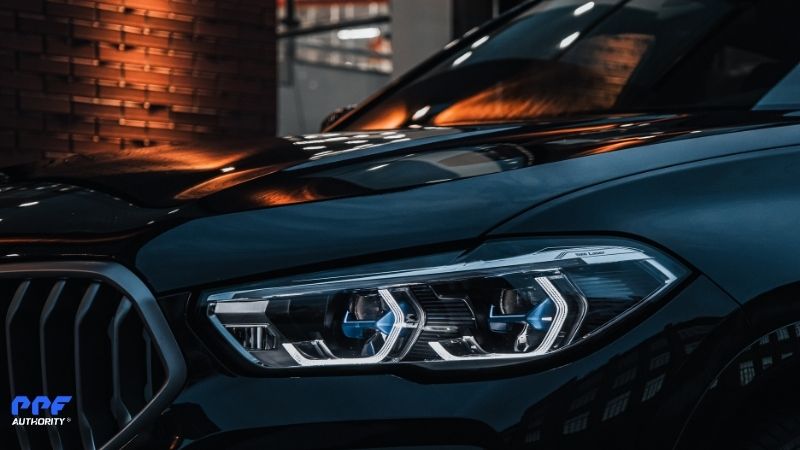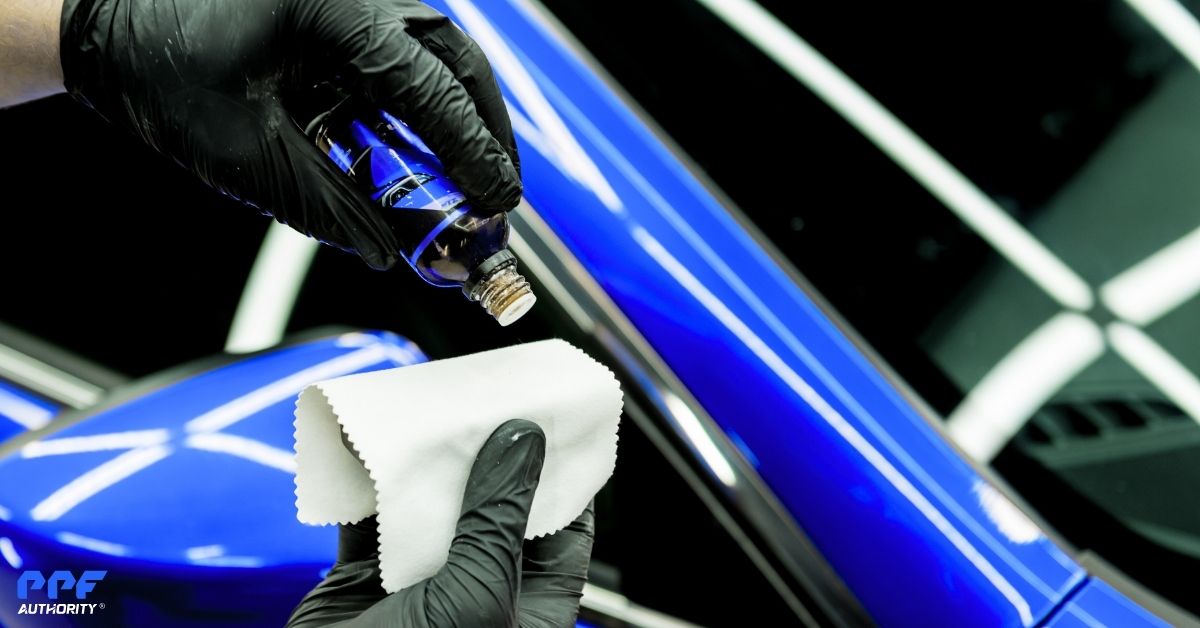Commercial window tinting offers numerous benefits, including energy efficiency, privacy, security, and glare reduction. However, before installing window film on a commercial building, businesses must ensure compliance with local, state, and federal regulations governing tinting standards.
Failure to follow these regulations can result in legal penalties, fines, and the need for costly removals. This article explores the legal aspects of commercial window tinting regulations, including reflectivity limits, emergency egress laws, energy efficiency codes, and tenant agreements.
Key Legal Regulations for Commercial Window Tinting
Reflectivity & Visible Light Transmission (VLT) Limits 🔍
Many states regulate how dark and reflective commercial window tinting can be.
- Visible Light Transmission (VLT) refers to how much natural light can pass through a tinted window.
- Reflectivity limits ensure that commercial buildings do not cause excessive glare for pedestrians and nearby properties.
| State | VLT Requirement for Commercial Buildings | Reflectivity Limit |
| California | Must allow at least 70% light transmission | No mirrored/reflective tint above 35% |
| Texas | No state-mandated VLT requirement | Reflective tint must be below 25% |
| New York | VLT must be at least 50% for public-facing windows | No excessive mirror-like finishes |
💡 Tip: Always check state and local building codes to ensure compliance with reflectivity and VLT regulations.
Emergency Egress & Fire Safety Codes 🚪
Fire safety laws require certain commercial windows and exits to remain unobstructed for emergency personnel.
- Egress windows (emergency exits) cannot be covered with dark or reflective films that block visibility.
- Fire-rated buildings may need to use non-combustible window films to comply with fire safety codes.
- Some municipalities require special film certifications for compliance with National Fire Protection Association (NFPA) standards.
💡 Tip: Always confirm with your local fire marshal before installing window tint in high-occupancy buildings such as hotels, hospitals, and schools.
Energy Efficiency Regulations (ASHRAE & LEED Compliance) 💡
Many cities and states promote energy-efficient buildings, making solar control window tinting a legal requirement in some commercial properties.
- The American Society of Heating, Refrigerating, and Air-Conditioning Engineers (ASHRAE) sets building energy efficiency standards.
- LEED (Leadership in Energy and Environmental Design) credits may be available for commercial buildings using window tint to reduce solar heat gain.
- Some cities, like New York and San Francisco, require commercial buildings to meet solar heat gain coefficient (SHGC) requirements through window tinting or other energy-efficient upgrades.
💡 Tip: Check with local building inspectors to ensure window tint meets energy efficiency requirements for zoning and sustainability laws.
Tenant & Commercial Lease Agreements 🏢
- Landlords must confirm that window tinting complies with lease agreements before modifying rented commercial spaces.
- Some property management companies prohibit permanent alterations, requiring removable or non-reflective window films.
- Window tinting must not interfere with visibility requirements for commercial signage or advertising displays.
💡 Tip: Always consult your property manager before installing window tint in leased office spaces, retail stores, or co-working facilities.
Common Legal Mistakes & How to Avoid Them
| Legal Issue | Potential Consequences | Solution |
| Installing tint darker than the legal VLT limit | Fines, forced removal | Check state & local laws before installation |
| Using highly reflective tint in urban areas | Glare complaints, legal disputes | Use low-reflectivity window films |
| Blocking emergency exits or required visibility zones | Fire code violations, safety risks | Use fire-rated films on emergency windows |
| Violating tenant lease agreements | Landlord disputes, removal costs | Get written approval before tinting leased spaces |
Why Professional Installation Ensures Legal Compliance
✔ Certified tint installers understand legal restrictions and apply code-compliant films. ✔ Professionals provide warranty-backed films that meet safety, energy, and reflectivity standards. ✔ Ensures compliance with local building inspectors, fire safety officials, and commercial lease agreements.
💡 Tip: Hiring a licensed window tinting professional can prevent costly legal mistakes and ensure a flawless, compliant installation.
Final Thoughts: Stay Legal & Get the Most Out of Commercial Window Tinting
While commercial window tinting offers energy savings, security, and privacy, businesses must follow legal regulations to avoid fines, removals, and safety hazards.
By ensuring compliance with state VLT limits, fire codes, energy efficiency laws, and lease agreements, businesses can enjoy the full benefits of window tinting without legal risks.
👉 Need legal-compliant window tinting for your commercial space? Contact us today for expert consultation and installation! 🏢✅

